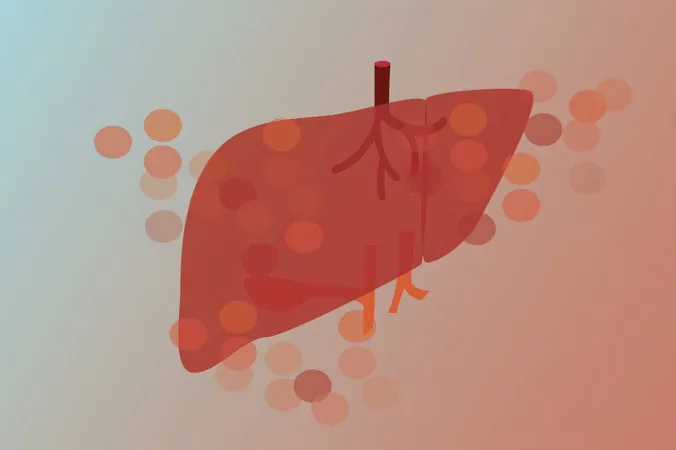
Revolutionizing Gene Research: The Multimodal Breakthrough that Could Change Medicine Forever
2025-07-01
Author: Charlotte
Imagine trying to understand a movie's plot with only visuals or audio. That's akin to studying biology with just one data type—like gene expression—missing crucial context. To truly grasp the complexities of biology, scientists need a comprehensive view that captures multiple dimensions.
Unlocking Biology's Secrets with Perturb-Multimodal
Researchers at the Whitehead Institute for Biomedical Research and Harvard University have unveiled a groundbreaking technique called Perturb-Multimodal (Perturb-Multi), a method that combines imaging and sequencing to investigate gene function in live tissue—specifically, intact liver tissue. As outlined in the journal Cell, this innovative approach promises to accelerate our understanding of how genes influence organ function and disease mechanisms.
The Power of Mosaic Analysis
Led by Jonathan Weissman and his team, including former graduate student Reuben Saunders, this new method allows scientists to simultaneously turn off multiple genes across a single mouse liver, analyzing their effects on both gene expression and cellular structure—all within the same experiment. Saunders likens it to having several specialized microscopes focused on one study, providing a richer, layered understanding of genetic functions.
Traditional studies often involve switching off one gene at a time, making it a slow and tedious process. However, the Perturb-Multi approach can analyze hundreds of genes in a single liver, drastically enhancing efficiency and precision. "Each cell acts like its own experiment, eliminating variability across different animals," explains Saunders.
Revealing New Frontiers in Liver Biology
The team applied Perturb-Multi to explore critical aspects of liver biology, leading to fresh insights into fat accumulation, stress responses, and hepatocyte zonation—how liver cells specialize based on their location. Remarkably, they discovered that while several genes contributed to fat accumulation in liver cells, they operated through distinct mechanisms. "Without this combined data, we would have overlooked such intricacies," Saunders notes.
Technical Innovations Making It Possible
Bridging genomic, imaging, and AI disciplines, the development of Perturb-Multi involved overcoming technical hurdles to preserve RNA and proteins during processing. The integrated data approach from both imaging and sequencing generates insights previously unreachable, with Weissman stating, "This system is set to reveal biology we simply couldn't see before."
Future Applications: Expanding Horizons
Looking ahead, the researchers have ambitious plans to extend Perturb-Multi to other organs and contexts, including the brain. They hope to train machine learning models that can predict how genetic changes affect cells—essentially creating a 'virtual cell' that could expedite drug development and research. In Weissman's words, "Our goal is to scale up to genome-wide perturbations and examine various physiological conditions. With this capability, we’re poised to tackle previously unsolvable health questions."









 Brasil (PT)
Brasil (PT)
 Canada (EN)
Canada (EN)
 Chile (ES)
Chile (ES)
 Česko (CS)
Česko (CS)
 대한민국 (KO)
대한민국 (KO)
 España (ES)
España (ES)
 France (FR)
France (FR)
 Hong Kong (EN)
Hong Kong (EN)
 Italia (IT)
Italia (IT)
 日本 (JA)
日本 (JA)
 Magyarország (HU)
Magyarország (HU)
 Norge (NO)
Norge (NO)
 Polska (PL)
Polska (PL)
 Schweiz (DE)
Schweiz (DE)
 Singapore (EN)
Singapore (EN)
 Sverige (SV)
Sverige (SV)
 Suomi (FI)
Suomi (FI)
 Türkiye (TR)
Türkiye (TR)
 الإمارات العربية المتحدة (AR)
الإمارات العربية المتحدة (AR)